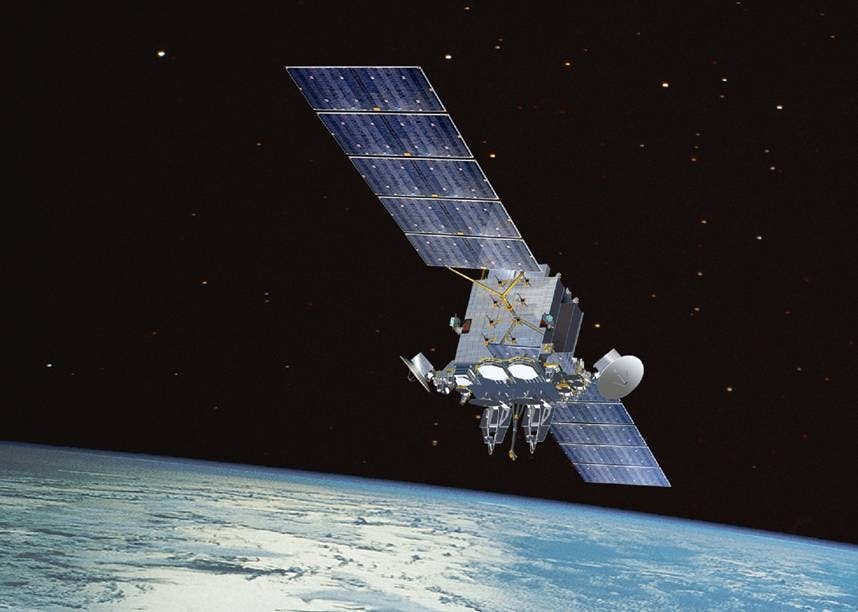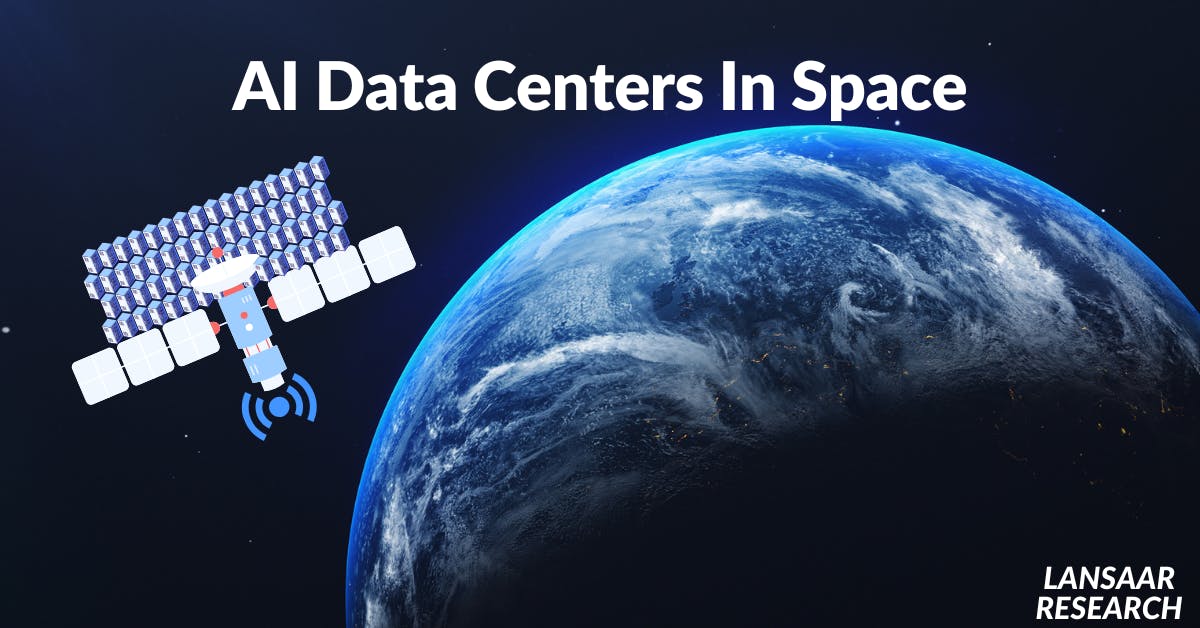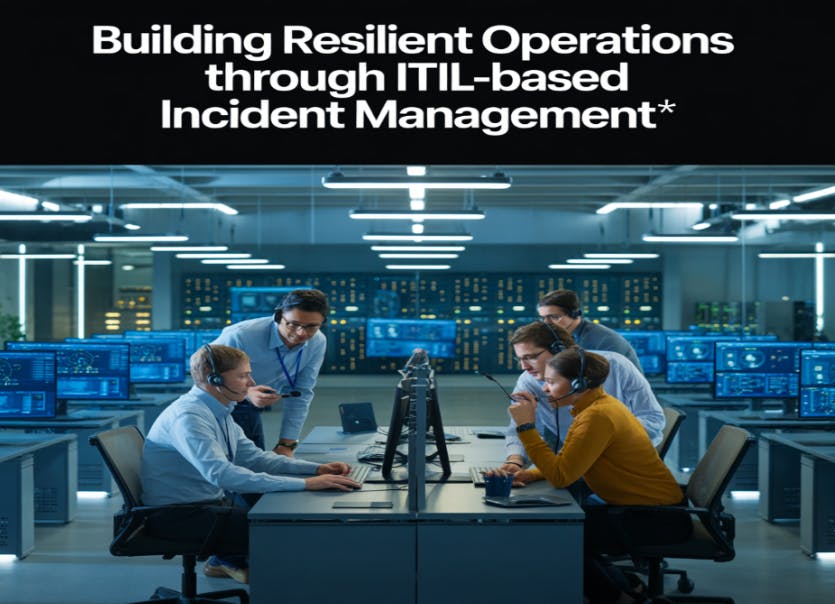I once met a guy at a dinner party who said he was going to make money from satellites. This was in 2019, and I thought he was either out of touch or trying to sell something. Maybe both. He talked about “orbital economics” and “tokenized bandwidth” while I nodded and looked for a way to leave. He seemed smart, but really, who makes money from satellites? That’s for NASA, the government, or big aerospace companies.
Turns out, I was wrong.
Jump to October 2025, and Spacecoin just sent a blockchain transaction from Chile to Portugal using their CTC-0 satellite. It wasn’t just a publicity stunt or a tech demo for investors. It was real proof that satellites can make money as part of a decentralized network. The same kind of network that guy at the dinner party was probably trying to explain to me while I was thinking about my grocery list.
Spacecoin’s founder, Tae Oh, explained it simply:
“Can we send cryptographic signatures to space intact? Without it, we can’t build a decentralized network of communication satellites.”
They can. They did. Now we’re looking at a future where satellites aren’t just costly government projects in space; they’re businesses.
Traditional satellites are expensive. You spend hundreds of millions to launch them, more to maintain them, and hope they last long enough to be worth it. It’s like buying a super expensive vending machine and hoping it sells enough Coke to cover the cost.
https://x.com/taelimoh/status/1973370839656702279?embedable=true
SpaceX changed how launches work. Reusable rockets cut costs by 95% in ten years. But the business model? It’s still the same old subscription service. Pay Starlink $120 a month for internet. Pay more for faster internet. It works, but it’s centralized, controlled, and honestly, a bit dull.
Spacecoin is trying something new. Instead of owning all the satellites and charging monthly fees, they’re making a marketplace. Imagine each satellite as an independent contractor. Each one can earn tokens by providing bandwidth, storage, or computing power to anyone who needs it, whenever they need it.
The idea isn’t completely new. We’ve seen similar models with Helium’s wireless networks and AWS’s cloud computing. But doing it in space? That’s where it gets exciting.
Here’s how the orbital economy works: Spacecoin uses the Creditcoin blockchain to manage all financial transactions. When your phone needs to send data through space, like if you’re in the middle of the Pacific or if regular networks are down, it can use tokens to bid for satellite time. The satellite providing the service gets paid automatically. There are no contracts, billing departments, or customer service reps involved.
It’s pay-per-use access with a twist. Prices change based on supply and demand. Need bandwidth during a natural disaster when regular networks are down? Prices go up. Want to send a text when many satellites are free? Prices go down. It’s like a market, but in space.
The system works well for everyone. Satellite operators get paid for actual use, not just for being there. Ground station operators can join the network and earn money by providing connections. Even individuals could earn tokens by letting their smartphones act as relay points.
The clever part is that satellites don’t follow borders like regular networks. A satellite launched by a Nigerian telecom company doesn’t just work over Nigeria. As it orbits, it can serve customers in Brazil, Indonesia, or anywhere else it covers. The satellite earns money globally, and the Nigerian company gets a share based on usage.
The numbers are starting to make sense. The global space economy grew to $613 billion in 2024, up from $570 billion the year before. However, most of this value is tied up in old models, government contracts, subscription services, and big companies.
Spacecoin’s method could unlock wasted value. Industry estimates say less than 5% of satellite data is analyzed. Satellites are often idle, passing over areas where they don’t provide services. It’s like a taxi that only picks up passengers in one neighborhood, even though it drives through many others every day.
The tokenized model changes this. Every satellite can earn money for everyone in the network. A constellation that might make $10 million a year with a traditional model could make $50 million or more in a tokenized marketplace because it’s used more efficiently.
This is similar to AWS, which turned computing from a big expense into a regular expense and created a $90 billion annual business. Spacecoin aims to do the same for space infrastructure.
Sure, there are challenges. Governments still control spectrum allocation. The International Telecommunication Union focuses on preventing satellite interference, not on blockchain. Achieving global coverage means dealing with many different regulations, each with its own rules.
There’s also technical complexity. Space is tough. Satellites can fail. Solar flares can disrupt communications. Debris from old satellites is a constant threat. Building a reliable network for financial transactions needs redundancy, fault tolerance, and likely a lot of insurance.
The competition is fierce. SpaceX already has over 8,000 satellites in orbit and millions of customers. Amazon’s Project Kuiper is growing. These companies have scale, manufacturing power, and lots of money. Spacecoin hopes that decentralization and tokenization will give it an edge against these big players.
But maybe that’s the idea. Maybe the future isn’t about one company owning all the satellites. Maybe it’s about creating a system where anyone can join, contribute, and earn money based on the value they provide.
I sometimes think about that guy at the dinner party. He was probably talking about a future where space infrastructure is part of the global economy, not just controlled by governments or big companies. In this future, satellites make money based on market needs, not government budgets.
Spacecoin’s successful test from Chile to Portugal is just the start. They plan to launch three more satellites in Q4 2025, moving from a test to a real network. If it works, if the economics are good, and if the technology can grow, we could see a big change in how space infrastructure works.
The space economy is expected to reach $1.8 trillion by 2035. Most of this growth will come from new business ideas, not just bigger rockets. Spacecoin believes that using tokens and decentralization will capture a big part of that value.
They might be right, or they might fail like many space ventures before them. But at least they’re trying something new. At least they’re asking the right question: What if satellites could pay for themselves?
I should have gotten that guy’s business card.
Which space business model will dominate by 2030?
Traditional subscription services (Starlink-style)
Tokenized marketplaces (Spacecoin-style)
Government-owned infrastructure
Something we haven’t thought of yet
Okay, that’s it. I am cautiously optimistic about our orbital future.










